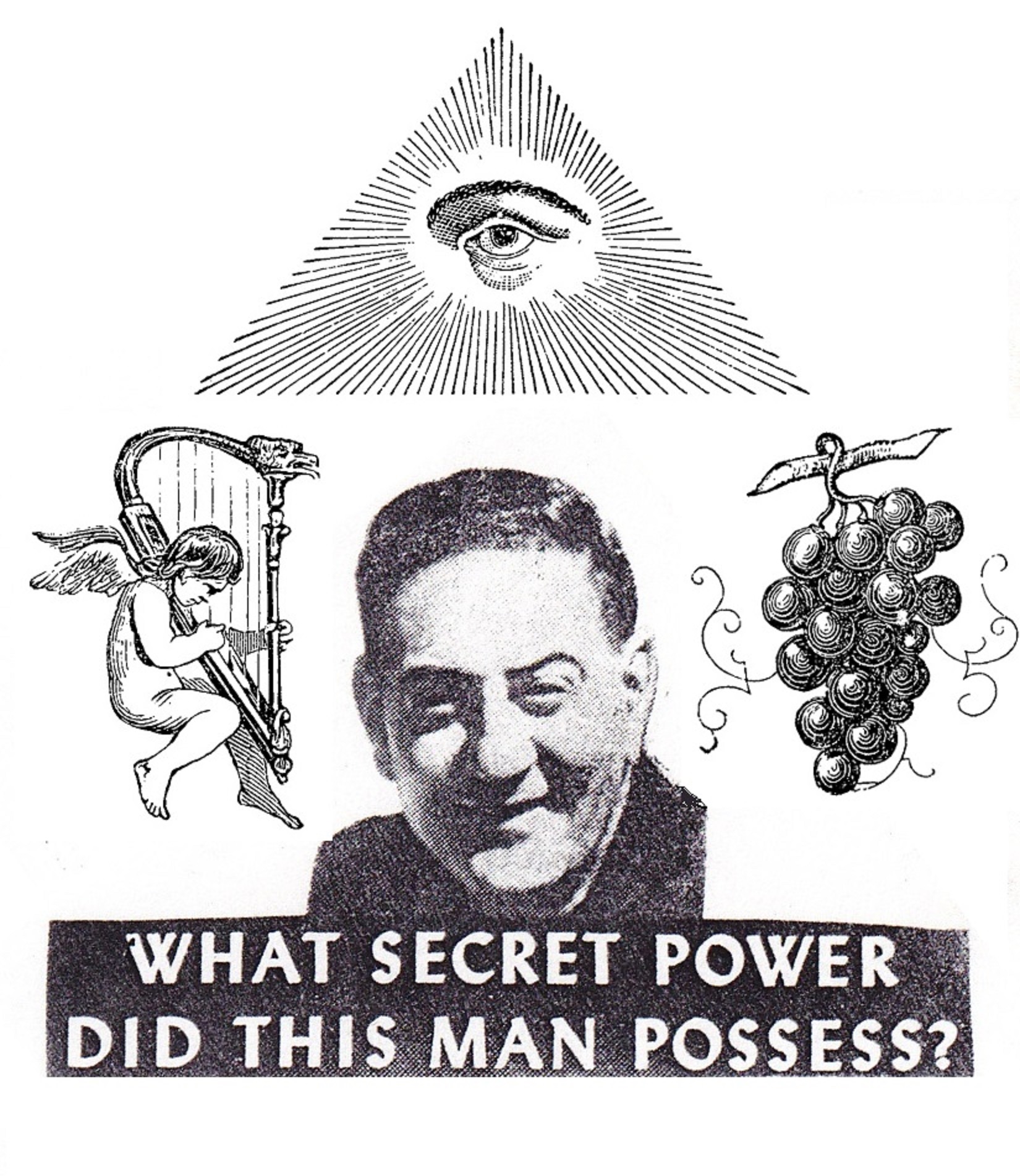For the first time since 2019, I played a New Year’s Eve gig! It was special for several reasons. First, it was in the town where I grew up: Hamden, CT. Moreover, I was in NY vocalist Molly Ryan’s band, consisting of, besides me, husband Dan Levinson on reeds, Jim Fryer on trombone, Kevin Dorn on drums and Rob Adkins on bass. I’m pretty sure none of these musicians reads this column so, if you promise not to tell them, I’ll confess I’d play almost anywhere with that group for (almost) free. They’re not only consummate professionals; they’re good friends I’ve known for between five and more than thirty years. Finally, as we were playing for elderly (but swinging) Auld Lang Syners in a swank retirement community, the gig ended at 10:30 and I made it home to Mystic with three minutes to spare, so I was able to welcome the new year watching the ball fall in Times Square with my wife, Anne. Bliss! I could leave it there, but certain aspects stand out that deserve a closer look.
During the job the band got a challenging surprise. We played our first 75-minute set with good response: enthusiastic applause, singing when appropriate, a smattering of dancers (by now most of us know that these communities are often populated by a substantial imbalance of women and men, with women the reluctant majority). We felt great being together again and the gig was going great guns.
THEN, the lifestyle coordinator put on some recorded music during the intermission. Tunes such as Presley’s “Hound Dog” and the Beatles’ “I Want To Hold Your Hand” filled the hall. By the time the Village People’s “Y.M.C.A.” was pounding through the speakers, there were over 40 people crowded on the smallish dance floor in front of the stage! I’ll admit, we jazzers felt a tad threatened: this canned music was the stuff these folks grew up on! How would they react to a second helping of—albeit awesome songs assayed by a nonpareil ensemble—’20s-’40s jazz and pop tunes? We needn’t’ve worried; the response was even more lively and positive, fueled perhaps by having moved around during the intermission to the rock and disco of their youth—and by having had more wine and champagne!!—but I think also by the joy of having live music to experience in their own familiar surroundings.
The hour-long ride home was mercifully uneventful, it being too early for the holiday amateur inebriates to be terrorizing the roads. I walked into our home to find my wife extending a bourbon to me as she sipped her wine. We tuned into one of the streaming accounts of the big ball drop in Times Square (at full capacity for the first year since 2019 became our traumatic 2020—when 2021 gave way to 2022, there was a limited capacity of 15,000 people allowed to attend the event) and counted with the people onsite from every corner of the world, shouting each number louder than the previous one: “10, 9, 8, 7, 6, 5, 4, 3, 2, ONE!!!!!” Hugs, shouts, kisses, love, hope—oh yes, please, above all, hope!”
And then—
 Guy Lombardo and his Royal Canadians, a sound I remember from my youth, sitting in my grandparents’ front room overlooking the Shrewsbury River in Sea Bright, NJ, watching the CBS telecast of the band performing live at the Waldorf Astoria in NYC, a gig Lombardo did for twenty years until his death in 1977. I heard (and saw) the limpid sax section singing out “Auld Lang Syne” as dancers swayed and revelers blew noisemakers while clinking crystal glasses of champagne in delirious toasts. As the TV cameras periodically swept the dancers on the ballroom floor, we’d avidly watch for a glimpse our distant cousin, Gracie, resplendent in her shimmering gown and glistening tiara. It seemed we’d always catch a glimpse!
Guy Lombardo and his Royal Canadians, a sound I remember from my youth, sitting in my grandparents’ front room overlooking the Shrewsbury River in Sea Bright, NJ, watching the CBS telecast of the band performing live at the Waldorf Astoria in NYC, a gig Lombardo did for twenty years until his death in 1977. I heard (and saw) the limpid sax section singing out “Auld Lang Syne” as dancers swayed and revelers blew noisemakers while clinking crystal glasses of champagne in delirious toasts. As the TV cameras periodically swept the dancers on the ballroom floor, we’d avidly watch for a glimpse our distant cousin, Gracie, resplendent in her shimmering gown and glistening tiara. It seemed we’d always catch a glimpse!
A New Perspective for a New Year
Before this year, I’d never paid close attention to anything on the screen after the conclusion of the ball drop. Enduring C and D-level celebrities expatiating gratuitous philosophical pablum about the movement of time and our place in the cosmic continuum had always enticed to me to go…oh, anywhere else. But this year, after we’d all but screamed “ONE,” I focused on Lombardo’s recording of “Auld Lang Syne.” Directly after that tune ended to cheers, given the locale, Frank Sinatra’s version of “NY, NY” came booming forth and I marveled at seeing people in their 20s and 30s singing along…and getting every word right! Then, it was the super-moving rendition of “America the Beautiful” by Ray Charles (one of my top ten musical performances of any era or genre) into the ubiquitous, but always welcome, “What a Wonderful World” by Pops himself.
For me, the next tune was a surprise, though it’s no doubt been part of this panoply of popcorn pop for years. It was the 1990 mixing of “Somewhere Over the Rainbow” with the aforementioned “What a Wonderful World” as warbled by the ukulele-wielding Hawaiian Israel “IZ” Ka’ano’i Kamakawiwo’ole. More than 3/4 of the crowd was still there, swaying, kissing, drinking, singing. The final tune was the instrumental version of “Auld Lang Syne” by saxophonist Kenny G. The dispersal was quick (not that any of these attendees was a jazz critic) and by the time that track had concluded, the square had considerably emptied out.
I’m not sure why all of this gave me pause, but several observations and questions emerged from that 15-minute experience. First, each of these chosen tunes was jazz-oriented or flavored with, excepting Lombardo, some great improvisation (yes, I consider the vocal stylings of both Sinatra and Armstrong to always focus on reinvention, no matter the instrumental backup) and EVERYONE knew these tracks!! Also, every one of the lead performers of each track was deceased, save Kenny G (who I refuse to lambast as do so many of my colleagues—Mssr. G has great hair for jazz). Why were the organizers not playing covers of these seminal tunes by more contemporary artists? They could use Mariah Carey’s, Rod Stewart’s or Bruce Springsteen’s takes on “Auld Lang Syne”; Cat Power or Lady Gaga for “New York, New York;” The Flaming Lips, OneRepublic, or Sofi Tukker (this is not a misspelling) doing “What a Wonderful World” and on and on.
Why aren’t these versions, or even more recent ones, being chosen, or contemporary musicians performing the songs live?
You can’t improve perfection. Sure, Sinatra was reaching for notes he could no longer hit and slid his voice on the word “And” like a drunken trombonist, but he was IN the MOMENT with possibly the best band ever backing him! No post-show autotune or cleanup before release. Once you hear Ray Charles’ emotion-drenched paean to the possibilities of a beautiful America, how can any other version touch your soul? While jazz purists grind their teeth about Armstrong’s later years, we’d do well to remember that his singing on “What a Wonderful World” is how around 94% of the globe knows him. (“What a unique, gravelly voice that guy has! Such a singer! What, he played an instrument too?”) “IZ” virtually rewrote both songs in his medley, and for me this is the most surprising inclusion in the post-ball drop playlist. But it is beautiful, perhaps more so with his passing at the tender age of 38.
Yeah, so?
What, if anything, can we glean from this? You’ll no doubt have your own takeaways—hopefully more profound than “Can’t Barnhart stop looking so deeply into things? Why doesn’t he just sit back and enjoy these iconic sounds?” For me, this is a reminder that quality stands the test of time and the fickle fancies of fads and fashion. Two hundred years from now, I surmise as many people will still be listening to most of the tunes described herein as are people of today listening to Mozart and Chopin. In troth, my friend Hal and I revel in bringing obscure jazz names to light in our monthly “Ain’t’cha Got Music” column, but no one expects any more people in 2223 to be aware of, or care about, musicians of the 1920s like clarinetist/contortionist Wilton Crawley or vocalist/scam artist Charles “Buddy” Rogers than do present audiences groove on classical composers such as Cipriano de Rore or Jan Václav Tomášek.
Moreover, the ragtime and multifaceted prebop jazz to which this publication is dedicated will never completely fade into silence. Too many soloists and groups from too many countries around the globe continue to thunder their Whitmanesque “barbaric yawps” at parties, concerts, festivals, and perhaps most importantly, on street corners and squares such as the archetypal Times. The music of the 16th-19th centuries was often heard outdoors in piazzas, archways—wherever there was a potential audience. Over time (books have written about this unfortunate turn) the musicians took themselves too seriously, thus removing the fun from the fantasias, and so were relegated to the dusty, overpriced concert halls of today, and likely of the future.
The final standout for me was that the parade of tunes offered to ring in the new year were by instrumentalists and singers who had their own sound; these were the reference points for every musician, past and present, reaching for a similar style while navigating the improbable path to individuality. Not all make it, but everyone can be inspired by those who have.
Jeff Barnhart is an internationally renowned pianist, vocalist, arranger, bandleader, recording artist, ASCAP composer, educator and entertainer. Visit him online atwww.jeffbarnhart.com. Email: Mysticrag@aol.com























